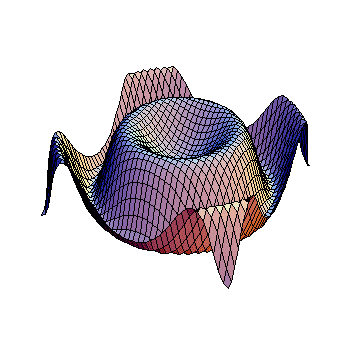How does pKa affect a titration curve?
1 Answer
Depends on what's being titrated. If it's a base, a small pKa makes the endpoint less defined, making the process harder, whereas if it's an acid, a big pKa does the same thing.
Explanation:
Since titrations are usually done with a strong base or acid (usually as a titrant since it's easier to find indicators for those) and the acid or base we want to analyze, I'll assume you're talking about the latter.
The
The thing is, when the
This is bad because during an acid-base titration, we monitor the pH of the system based on how many titrant we added. So the less of an impact the analyte makes, the easier it will be for the titrant to change the pH and then the endpoint will be harder to see. (The same concept applies to having dilute concentrations of stronger analytes, for example, a
Or, if you have a weak acid and a weak base, besides that, there's also, this, more theoretical approach:
The acid and the base have their ionization equations
If we sum the two self-ionization equations we'll get:
And we can take out
Which is pretty much what happens in these situations, see, for an example:
So, in the ideal situation, we can say the equilibrium constant is:
Which means that the smaller these values are, the smaller the equilibrium constant of the reaction is, and by consequence, the less inclined to the products it is, making the reaction as a whole harder to happen.

